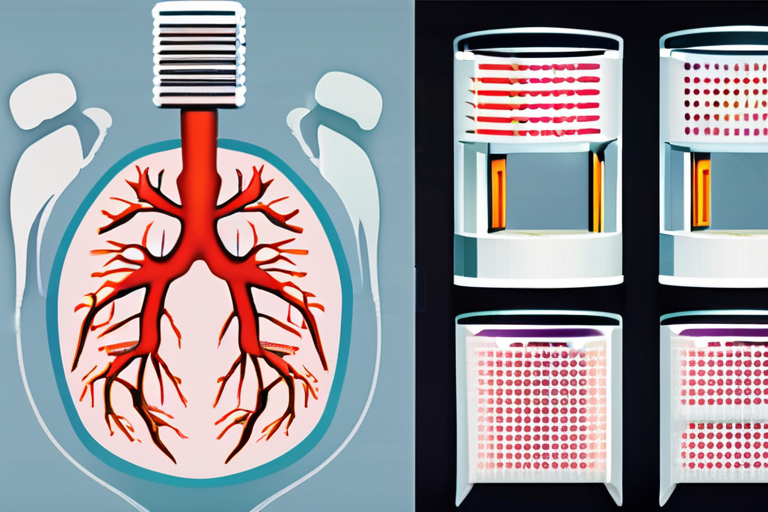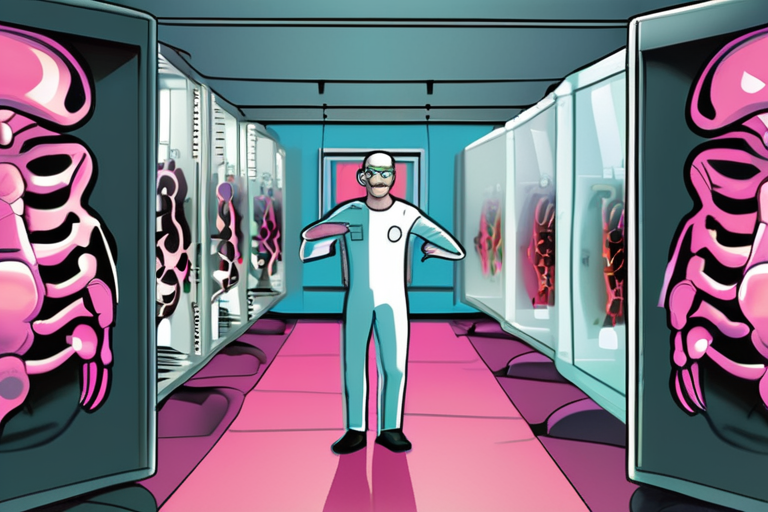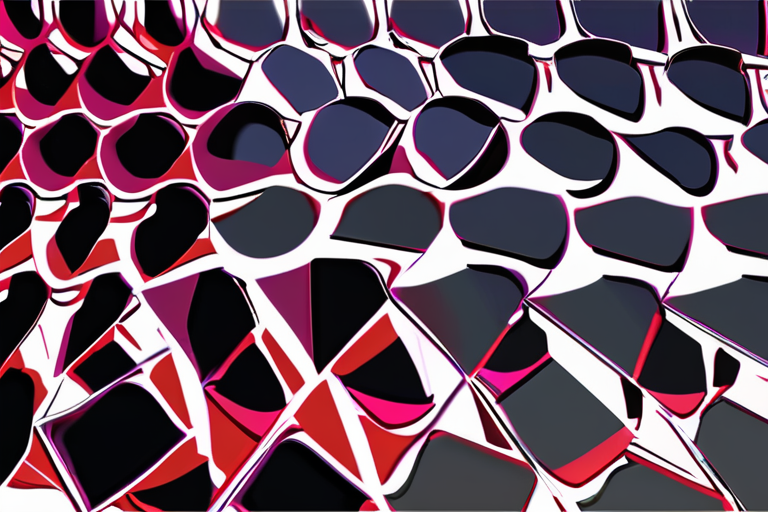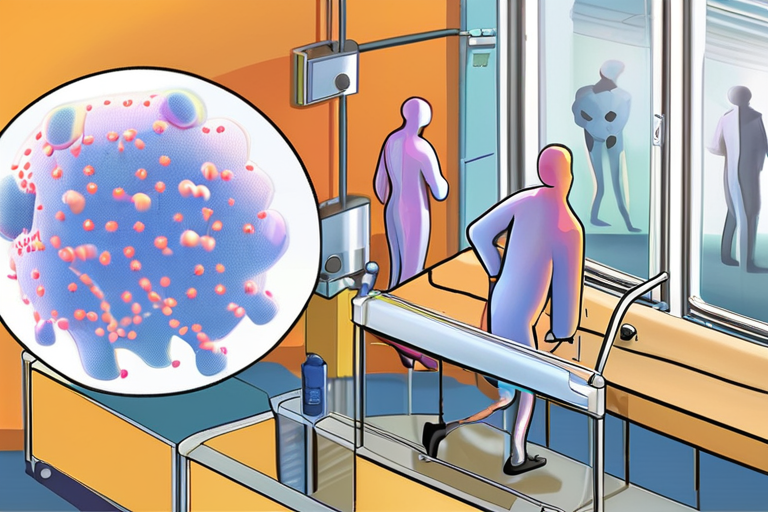Breakthrough LED Light Therapy Targets Cancer Cells While Safely Ignoring Healthy Ones


Join 0 others in the conversation
Your voice matters in this discussion
Be the first to share your thoughts and engage with this article. Your perspective matters!
Discover articles from our community

 Hoppi
Hoppi

 Hoppi
Hoppi

 Hoppi
Hoppi

 Hoppi
Hoppi

 Hoppi
Hoppi

 Hoppi
Hoppi

Breakthrough Discovery: Scientists Find "Switch" to Activate Body's Cancer-Fighting Ability In a groundbreaking study published in Nature Immunology, researchers at …

Hoppi

Breakthrough in Solar Panel Technology: Red Onion Skins to the Rescue A team of researchers from the University of Turku, …

Hoppi

Scientists Discover Surprising Allergy Fix: UV Light Researchers at the University of Colorado Boulder have made a groundbreaking discovery that …

Hoppi

Breakthrough Discovery: Scientists Uncover "Switch" to Activate Immune System Against Cancer A team of researchers at Johns Hopkins All Children's …

Hoppi

Breaking News: Therabody Introduces Revolutionary TheraFace Mask Glo Therabody has just unveiled the TheraFace Mask Glo, a groundbreaking device that …

Hoppi

Breakthrough Cancer Therapy Shows Promise in Stopping Tumor Growth Without Harming Healthy Cells LONDON - A groundbreaking discovery by researchers …

Hoppi